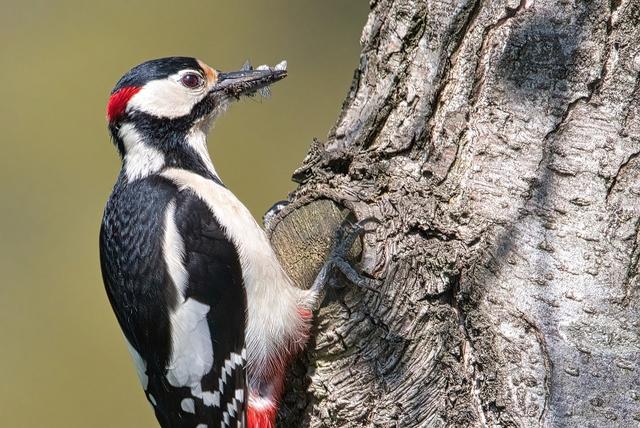Myths about teaching can hold you back
- Year 7
The importance of biodiversity
I can explain why it is important to maintain biodiversity and suggest how we might do this.
- Year 7
The importance of biodiversity
I can explain why it is important to maintain biodiversity and suggest how we might do this.
These resources will be removed by end of Summer Term 2025.
Switch to our new teaching resources now - designed by teachers and leading subject experts, and tested in classrooms.
These resources were created for remote use during the pandemic and are not designed for classroom teaching.
Lesson details
Key learning points
- Biodiversity is the number of different species that live in a place.
- Biodiversity is important as it keeps habitats healthy, and provides humans with food, medicines and other resources.
- Humans have a negative impact on biodiversity through habitat destruction and pollution of the environment.
- Humans can take action to help maintain biodiversity, such as through conservation activities.
- Genetic diversity can be conserved through seed banks and other forms of gene banks.
Keywords
Biodiversity - Biodiversity is the range of different living organisms (species) that live in a place.
Species - A species is a group of organisms that are able to reproduce with each other to produce offspring that are also able to reproduce.
Conservation - Conservation is the process of protecting biodiversity and the environment.
Gene bank - A gene bank is a collection of seeds, plants and animals which are stored to preserve genetic material for the future.
Common misconception
Biodiversity conservation can only take place in large natural habitats such as forests.
Biodiversity conservation can take place on a small scale, for example, by providing habitats in gardens and in urban areas.
To help you plan your year 7 science lesson on: The importance of biodiversity, download all teaching resources for free and adapt to suit your pupils' needs...
To help you plan your year 7 science lesson on: The importance of biodiversity, download all teaching resources for free and adapt to suit your pupils' needs.
The starter quiz will activate and check your pupils' prior knowledge, with versions available both with and without answers in PDF format.
We use learning cycles to break down learning into key concepts or ideas linked to the learning outcome. Each learning cycle features explanations with checks for understanding and practice tasks with feedback. All of this is found in our slide decks, ready for you to download and edit. The practice tasks are also available as printable worksheets and some lessons have additional materials with extra material you might need for teaching the lesson.
The assessment exit quiz will test your pupils' understanding of the key learning points.
Our video is a tool for planning, showing how other teachers might teach the lesson, offering helpful tips, modelled explanations and inspiration for your own delivery in the classroom. Plus, you can set it as homework or revision for pupils and keep their learning on track by sharing an online pupil version of this lesson.
Explore more key stage 3 science lessons from the Ecosystems unit, dive into the full secondary science curriculum, or learn more about lesson planning.

Equipment
Licence
Prior knowledge starter quiz
6 Questions
Q1.Which of the following describes what a food chain diagram is?
Q2.Which of the organisms in this food chain is an apex predator?

Q3.A is the place where an organism lives. It provides food, shelter and a place to reproduce.
Q4.Which of the following is an adaptation of an organism to keep warm in an arctic habitat?
Q5.Which of the following food chains is not correct?
Q6.How is this organism adapted to its environment?

Assessment exit quiz
6 Questions
Q1.Gene banks are a form of conservation. What are they?
Q2.Which of the following would decrease biodiversity?
Q3.A is a group of organisms that are able to reproduce with each other to produce offspring that are also able to reproduce.
Q4.Habitats with a greater number of species have greater __________.
Q5.Match the words with their meanings.
the process of protecting species and the environment
the range of different species that live in an area
the place where an organism lives
a build up in concentration of a chemical in an organism
having enough food to feed the human population


